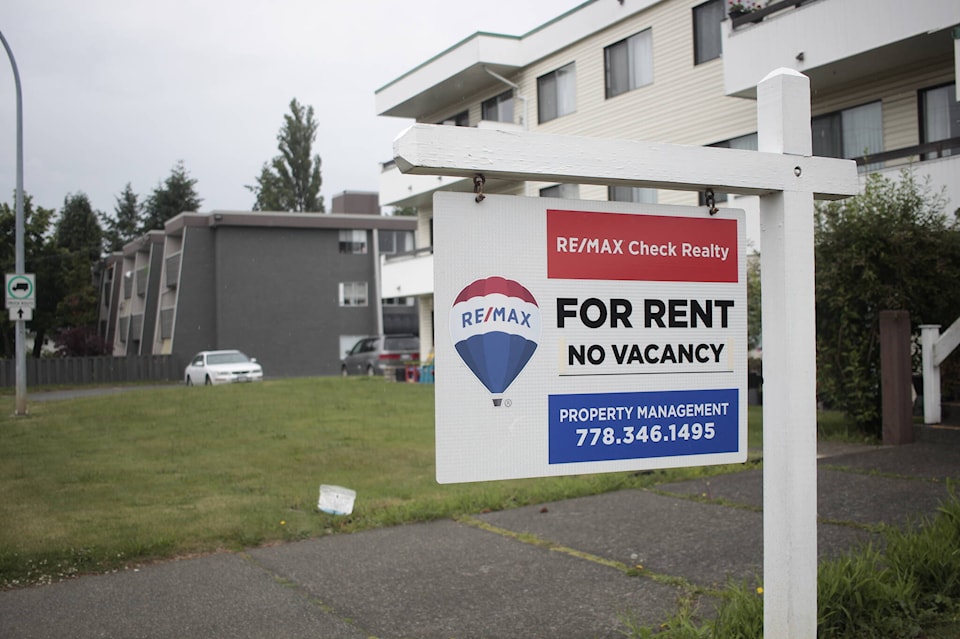What does the average person facing housing instability in Campbell River look like?
According to the recent report from the Campbell River and District Coalition to End Homelessness’ on housing insecurity in the region, that person is a young woman. She is between the ages of 26 and 45, and has been renting a unit with a partner for over a year. However, that rental unit is lacking some amenities such as property insurance, air conditioning or affordable heating. Those missing amenities are enough to put her in the category of “housing insecure,” but she is also facing other hurdles for secure housing.
For one, this woman also finds it difficult to pay rent. She and her partner spend more than one third of their combined income on housing. She’s also worried that when her lease needs signing again, she’ll be facing a rental increase from her landlord. Despite these challenges, the community had a draw for her. She and her partner moved to the community because they were attracted to the lifestyle on offer.
Now this person is a hypothetical construction, but this hypothetical was drawn using the most common responses to questions posed in the survey.
Emma Wallace of the Rural Development Network joined Stefanie Hendrickson of the Coalition on Dec. 7 to present the report to the Strathcona Regional District.
“Instead of looking at things like market factors and housing availability, this project was meant to achieve that person-centred look at housing and service needs through the lens of individual and family experiences,” Wallace said. “The goal is to understand who is experiencing homelessness and why they might be experiencing homelessness.”
The survey’s target area was the SRD, and while the hypothetical person changes slightly depending on which of the six areas of the regional district is highlighted, things generally stay the same. Notably, the difficulty to pay rent due to low wages and increasing rent prices is a major factor.
“The fact that three of the top five reasons (for people facing homelessness) were income-related is actually a little surprising,” said Emma Wallace of the Rural Development Network — the organization that compiled the survey. “Especially considering that 65 per cent of the respondents are employed.”
Wallace also said that 47 per cent of the respondents to the survey reported an income of less than $30,000 per year.
“There might be a bit of a disconnect there,” she said.
In all, there were 427 people who responded to the article. Of that, 311 were identified as being in unstable housing situations. In addition, Wallace said that a number of respondents said they were either living with dependents or living with others in those situations.
“What this means is that we were able to identify at least 801 people who are in unstable situations in the regional district.”
Wallace did present some opportunities, including increasing the amount of affordable housing (more units for purchase or rental as well as other solutions like tiny homes and boating residences), and increasing the amount of accessible community services.
RELATED: Coalition to End Homelessness looking for full housing story for Strathcona Region
Census shows apartment growth, but supply remains the main issue in B.C.: experts
marc.kitteringham@campbellrivermirror.com
Like us on Facebook and follow us on Twitter
